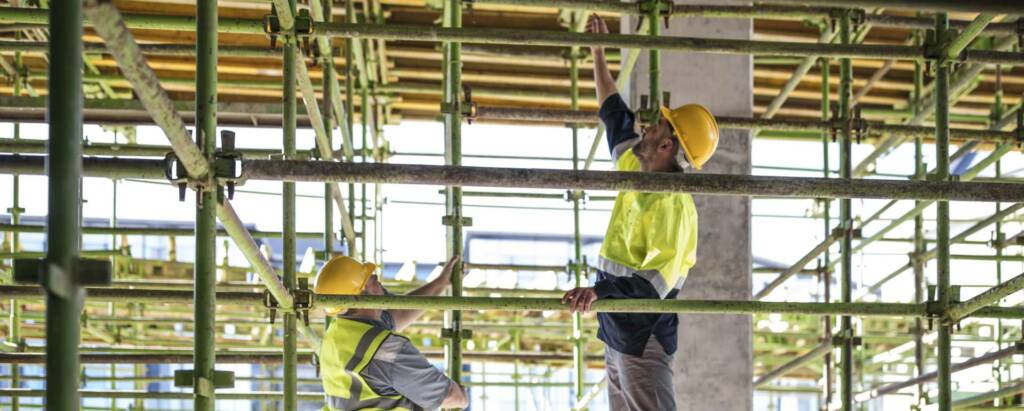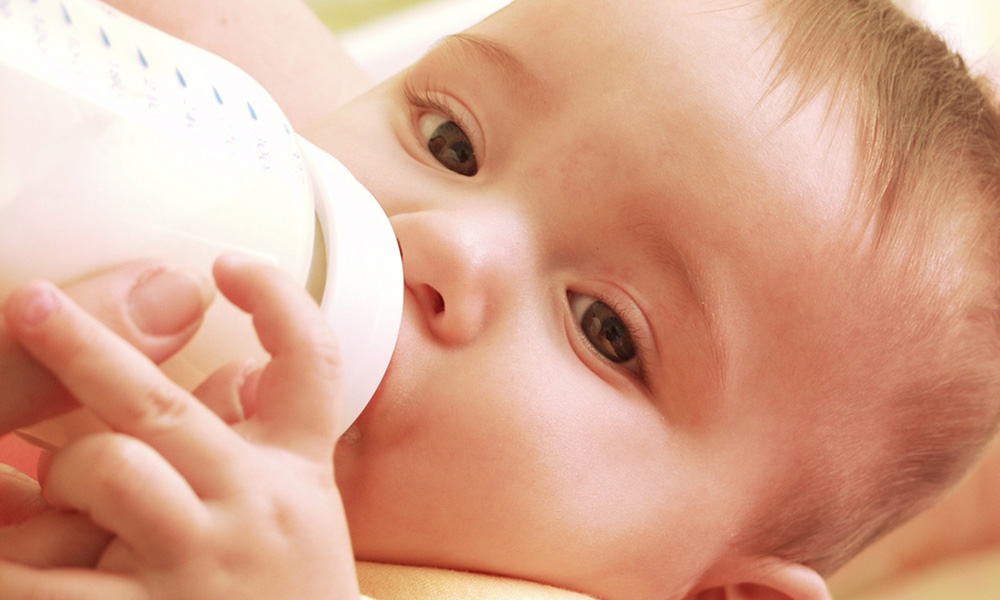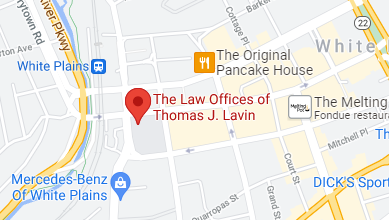Being injured in a slip and fall accident can be a traumatic experience. But the aftermath can be worse, especially if it involves significant out-of-pocket medical expenses or even lost wages due to being unable to work. When the accident was caused by negligence on the part of the property owner, you may be able to recover some or all of those costs as long as you can prove their liability. Here’s what you need to know.
What Are the Four Elements in Proving Negligence?
Before looking at what evidence is needed to prove liability in a slip and fall case, it’s valuable to understand how the law determines negligence. There are four elements for proving negligence, and all of them must be proven to successfully pursue damages in court.
- Duty of care. This is a concept that says the property owner had a responsibility to ensure their property was as safe as possible for anyone visiting it.
- Breach of duty of care. This says the property owner did not adhere to the duty of care. This applies when the owner either knew there were unsafe conditions and did nothing about them or should have known. For example, say there was a snowstorm. If someone slips and falls on a sidewalk right after the snow stops falling, before the owner has a chance to clear the sidewalk, the owner could claim they haven’t breached the duty of care. But if the owner doesn’t clear the snow promptly (the timing can vary by city, but in New York City, there are specific time frames), they could be accused of breach of duty.
- Causation. This is the most difficult part to prove. Causation connects the breach of duty of care to the accident. The courts will look for solid evidence of that connection.
- Damages. The injured person must show that they suffered specific damages due to the accident, whether monetary, physical, or emotional.
What Evidence Is Needed to Prove Fault in a Slip and Fall?
Collecting evidence can be tricky depending on where and what time of day these occur. If you can, taking photos or videos of the accident site as soon as it happens can be valuable. In the situation described above, showing that the property owner didn’t clear the sidewalk in the required time frame can be good evidence.
If there are eyewitnesses to the accident, try to get their names and contact information. Look at any surrounding buildings that might have security cameras that filmed the accident.
Commercial buildings may have records of safety inspections which may indicate if they’re keeping their buildings inspected and repaired on a regular basis–or not.
It may be necessary to bring in expert witnesses who can evaluate the scene and possibly re-create the conditions of the accident.
What Type of Comparative Negligence Does New York Follow?
Three types of comparative negligence are used in different states across the U.S.
- Contributory negligence. This states that if the injured person is found to be even just 1% at fault for the accident, they can’t receive any damages at all. Very few states follow this doctrine.
- Modified comparative negligence. This states that they can’t receive damages if the injured party is either 50% or 51% at fault (the percentage varies from state to state). This is the most-used type of comparative negligence in the U.S.
- Pure comparative negligence. This states that even if the injured party is found to be 99% at fault, they can still receive 1% of the damages awarded. For example, suppose someone slips and falls on an icy sidewalk that a property owner did not try to mitigate with salt or sand, but the injured person was intoxicated at the time. In that case, the court might find that the property owner had 60% of the fault, and the injured person had 40%. If the injured person were awarded $10,000 overall, they’d receive $6,000 instead.
- New York follows pure comparative negligence. That’s one of the reasons it’s essential to have an experienced slip and fall attorney working on your case because the property owner’s lawyer will likely try to shift as much fault onto you as possible in order to avoid a large payout on their end.
What Should I Do if I Was Injured in a Slip and Fall Accident?
First, see a doctor as soon as possible, even if you think your injury is minor and could heal on its own. There are many injuries, including severe ones, that don’t always exhibit symptoms right away. They can worsen if untreated. Medical records can also be used as evidence, as some injuries can be directly related to slip and fall accidents.
Then call the Law Offices of Thomas Lavin at 718-829-7400 for a free case evaluation. We’ll walk through what your options are and what evidence is needed to pursue damages. Because injuries from a slip and fall accident can lead to long-term problems that could result in significant financial losses, it’s best if you start as soon as possible.
Something not to do: Engage in communication with the property owner’s insurance representative or attorney. Their goal is to have you accept the fault for the accident or agree to a settlement far lower than you could be eligible for. Whether they call, write, or send emails, don’t respond; forward the communications to your lawyer.








